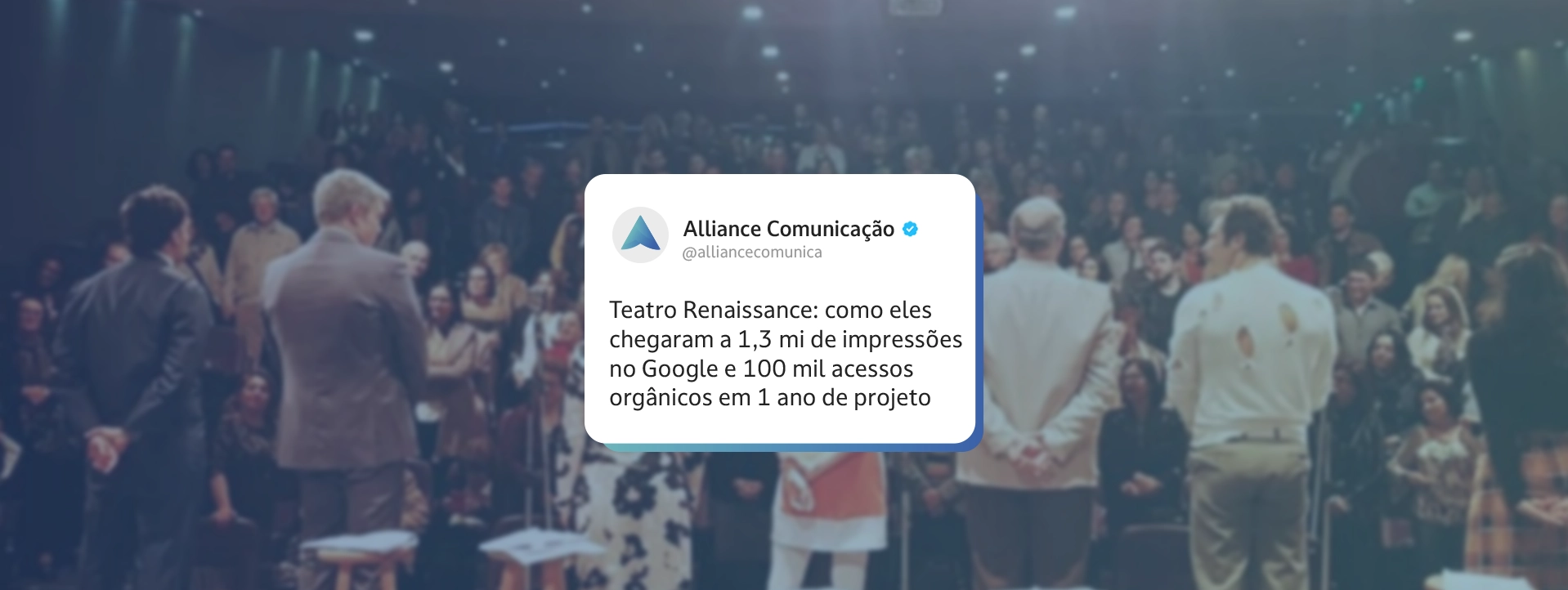Google has implemented a blue seal of authenticity that will be displayed next to the sender's name in Gmail. The purpose is to indicate that the email address with this seal is reliable, as it has passed additional verification criteria.
This update, starting May 3, will be automatic for accounts that already have a logo registration and platform security protocols set up.
According to the company, this new feature will have a positive impact for both Gmail account administrators and end users. This measure is another step towards making sending and receiving emails more secure within the platform.
The reason why Gmail decided to implement a verification badge is the use of the verification system called BIMI (Brand Indicators for Message Identification). Since 2021, Gmail has been using this system, which allows you to add the brand logo to email submissions, ensuring that the sender is authentic.
The main advantages of using BIMI, according to Google, are: authentication of the messages sent to avoid the action of hackers in the domain, brand recognition through the logo present in each message and greater credibility, since the recipients are sure that the email is legitimate.
So the new blue verification badge adds another layer of protection for the Gmail user by visually proving that the sender is trustworthy.
In Brazil, one of the countries most affected by cyberattacks and email scams, this initiative is very important.
To get the Gmail verification badge, the account administrator must configure it according to BIMI, adding the brand logo to authenticated emails. This process involves setting up email protocol records for the domain and other security measures. At the end of the process, the account will receive the VMC (Verified Mark Certificate), the verified mark certificate.
It's important to note that not all Gmail accounts will have access to the blue badge. You must pass security authentication, have a registered trademark, and have admin access to the account.
The question is whether the seal will really give users confidence, considering that companies other than Twitter have adopted the “paid verification” model. The company Meta, for example, established a payment to acquire the blue seal.
Twitter introduced the verified profile in 2009 to provide a quick and easy way to identify whether a profile is authentic or not. It was a way to prevent imposter accounts from impersonating other people on the social network. Later, other networks adopted verification, such as Instagram, Pinterest and YouTube.
While each social network or platform has its own criteria for account verification, the blue seal has become a symbol of credibility in the minds of internet users. However, that confidence has been called into question with the growing trend of paid verification.
Even though it is reliable, taking into account the entire verification process described above, it is curious that Google opted for this type of authenticity certification in Gmail after the controversial decision by Twitter. After all, on Twitter, that blue seal no longer means legitimacy. In addition to not guaranteeing that that account is really the individual or organization that it claims to be, it also does not mean that the person or organization is reliable in relation to the information disclosed.
Only time will tell how effective this Google strategy will be.
For the end user, it is recommended to pay attention to the security and privacy policies of the social networks used and follow good practices to identify whether information is false, as this is also part of the set of security measures on the internet.

















